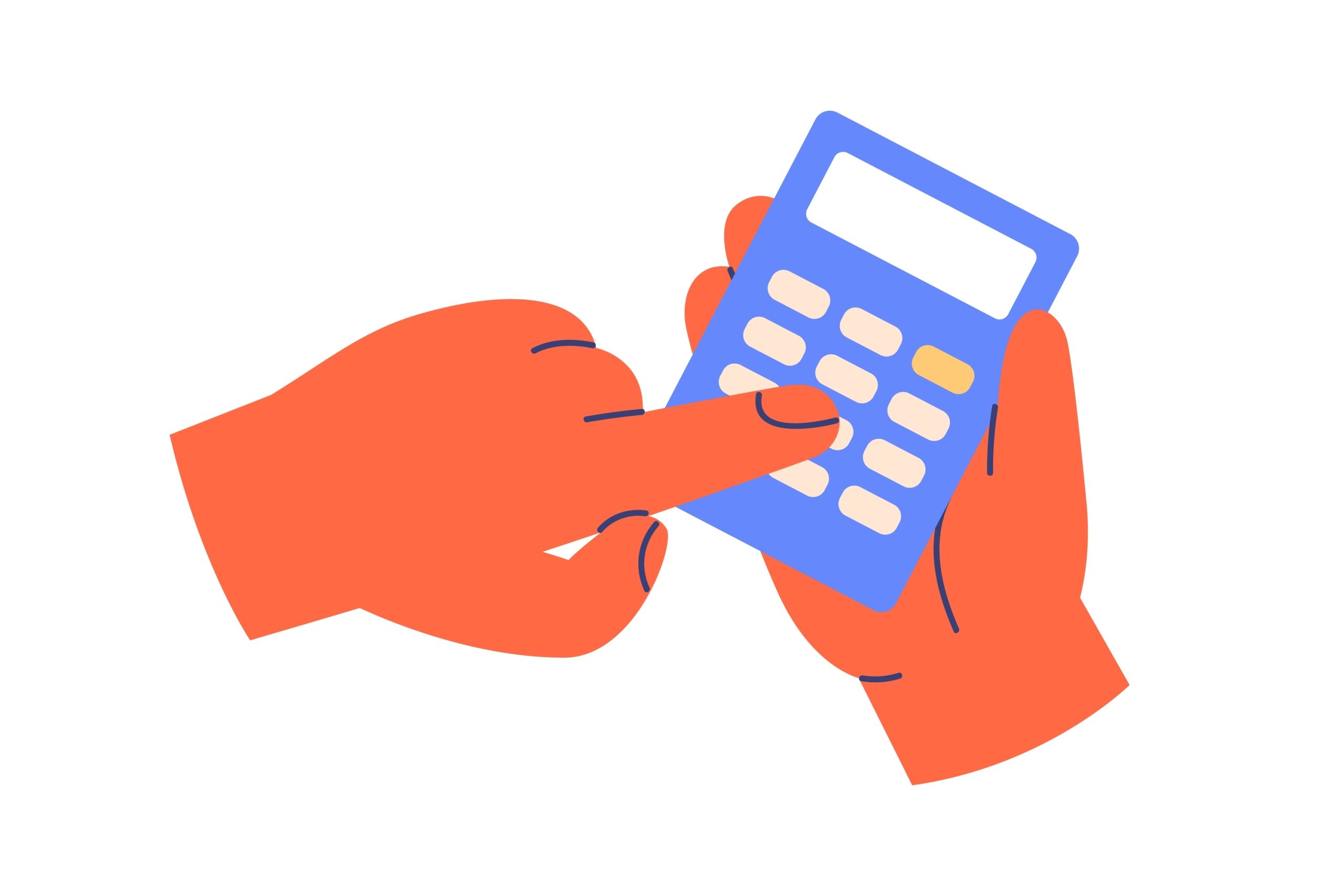Running a business provides plenty of challenges, including knowing your tax obligations and when you need to file your tax returns.
Part of your tax obligations may include paying Value Added Tax (VAT). VAT is an indirect tax that customers pay on products or services your business offers.
You apply VAT at a certain rate, calculate the funds generated from VAT and file this information with HM Revenue and Customs (HMRC).
Not all businesses will offer services where VAT is applicable, but if you are including VAT on the price of your products and services, it’s important you know how it works, the rates in place and when it could apply to you.
What are the VAT rates and threshold?
There are three rates of VAT, but which rate you charge customers depends on the products and services you offer.
The standard VAT rate is 20 per cent, and this will apply to most goods and services in the UK. However, there is a reduced VAT rate and the zero rate, which applies to certain items and products.
The reduced VAT is five per cent and applies to products and services such as energy-saving materials and mobility aids. The zero per cent rate applies to products like children’s clothing and books.
It is important to remember that even if your products and services are in the zero per cent VAT rate bracket, you still need to record this information in VAT returns.
Businesses in the UK must register for VAT once the taxable turnover they generate exceeds the £90,000 threshold.
As soon as this happens, you will be required to register for VAT and charge this on taxable services and products you offer.
You can register for VAT voluntarily even if your business’s taxable turnover is below the threshold, but even though you are below the threshold, you will need to comply with VAT regulations and file VAT returns.
Registering for VAT voluntarily allows businesses to reclaim VAT expenses and increase the opportunity of working with VAT-registered businesses.
As a VAT-registered business, you will need to include VAT in the price of all goods and services, keep records of VAT payments on goods you buy for your business and imports, file returns with HMRC and pay any VAT you owe.
How do I register my company for VAT?
You need to register online via the Gov.UK website and complete the required steps that includes sharing information about your business.
Once registered, you will receive a nine-digit VAT registration number that you will need to include on all future invoices.
You then need to create a VAT account using the Government’s Gateway and follow the steps where you will need to clarify the list of services you offer, which will confirm the VAT rate you need to apply within your business.
VAT returns are quarterly, so it’s important you have calculated your figures correctly when submitting your tax returns to HMRC.
Support available for businesses
Understanding VAT isn’t the easiest task, so if you are unsure as to how it works and if you need to register, our expert team of tax advisors can help.
We can talk you through VAT, how it affects your business, the different rates, and help you clarify if you need to register for VAT.
For all VAT concerns, contact our team for expert advice and support.



